OLXTOTO APK
Platform OLXTOTO Resmi 2025
Success! Please check your phone for the download link
OLXTOTO Login
OLXTOTO
OLXTOTO















 Promosi
Promosi
 Login
Login
 Daftar
Daftar
 Link
Link
 Live Chat
Live Chat